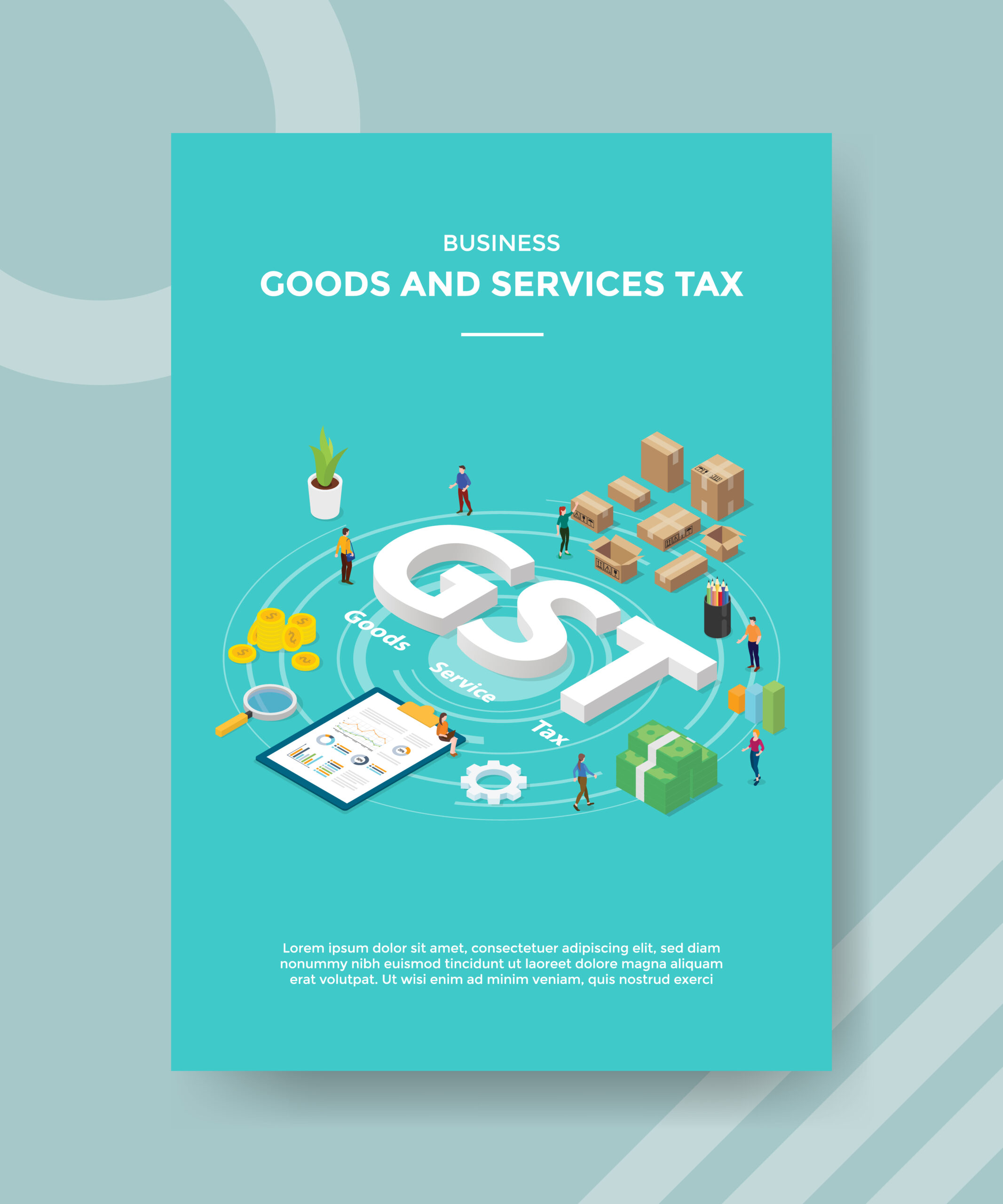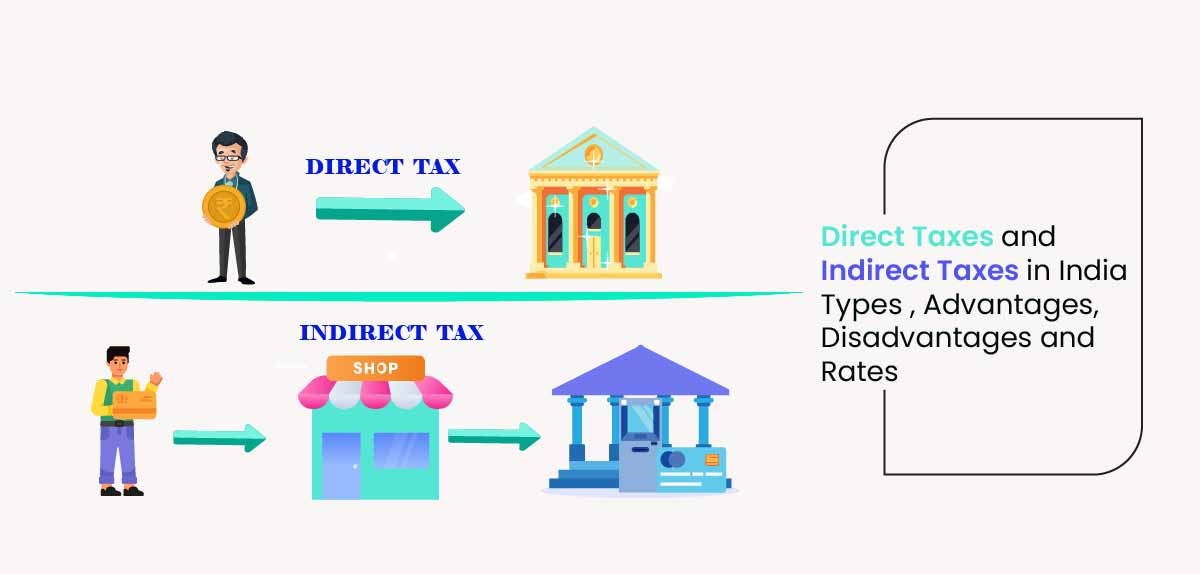A Comprehensive Guide to GST: Everything You Need to Know
The Goods and Services Tax (GST) is one of the most significant tax reforms introduced in India to simplify the indirect tax system. GST consolidates multiple taxes into a single comprehensive tax, which has transformed how businesses operate across the country. This detailed guide will help you understand GST, its benefits, how to use the GST portal for various tasks, and more.
What is GST?
GST, or Goods and Services Tax, is a value-added tax levied on the sale of goods and services. It was implemented on July 1, 2017, in India, replacing numerous indirect taxes, such as VAT, excise duty, service tax, and others. GST aims to streamline the taxation process, bring transparency to tax collection, and eliminate the cascading effect of taxes. The GST full form represents the goal of creating a single unified tax system.
Key Components of GST
GST is divided into three main components, each addressing taxation at different levels:
- Central Goods and Services Tax (CGST): Collected by the central government on intra-state sales.
- State Goods and Services Tax (SGST): Levied by the state government on the same transaction for intra-state sales.
- Integrated Goods and Services Tax (IGST): Charged on inter-state sales and imports, collected by the central government.
Benefits of GST
The introduction of GST has brought several benefits for businesses and the economy:
- Simplified Tax Structure: GST has replaced multiple indirect taxes with a single tax, making it easier for businesses to comply with tax regulations.
- Reduction in Tax Evasion: GST has improved compliance due to the digital tracking of transactions and input tax credits.
- Elimination of Cascading Effect: With GST, the tax is levied only on the value addition at each stage, reducing the burden of double taxation.
- Increased Revenue Collection: GST’s comprehensive structure has expanded the tax base, leading to higher tax revenue.
- Promotes Ease of Doing Business: Uniformity in tax rates across states and sectors encourages business growth.
GST Portal: A One-Stop Solution for Taxpayers
The GST portal is an online platform where taxpayers can register, file returns, make payments, and carry out other tasks related to GST. It was designed to simplify the tax compliance process for businesses.
Common Functions You Can Perform on the GST Portal:
- GST Registration: The portal allows new taxpayers to apply for registration online.
- GST Portal Login: After registering, users can log in to the portal to file returns, pay taxes, and access various services.
- GST Search: Users can perform a GST search to verify the GSTIN (Goods and Services Tax Identification Number) of businesses.
- GST Return Filing: Registered taxpayers must file monthly, quarterly, and annual returns depending on their business category.
- Payment of GST: Taxpayers can make payments directly through the portal using various payment methods.
How to Use GST Portal Login?
To access services on the GST portal, taxpayers need to log in with their credentials. Here’s a step-by-step guide for using the GST portal login:
- Visit the Official GST Portal: Open the website https://www.gst.gov.in.
- Click on the ‘Login’ Button: It is located in the top right corner of the homepage.
- Enter Your GSTIN or Username and Password: Provide your credentials to access the dashboard.
- Access Various Services: Once logged in, you can file returns, pay taxes, and track your application status.
GST Search and GST Verification
GST search is a feature on the GST portal that allows users to verify the GSTIN of businesses. By using this feature, one can check the authenticity of a supplier or service provider. GST verification helps ensure that the entity you are dealing with is registered and compliant with GST regulations.
How to Perform GST Search and Verification?
- Visit the GST Portal: Go to the official portal and navigate to the ‘Search Taxpayer’ section.
- Enter the GSTIN or PAN Number: Provide the GSTIN or PAN of the business you want to verify.
- View the Details: The portal will display details such as the legal name, registration status, and the type of taxpayer.
GST Full Form and Its Importance
The GST full form is “Goods and Services Tax.” It is significant because it symbolizes the unification of a fragmented tax structure in India. Before GST, various state and central taxes created a complex tax system, leading to tax cascading and evasion. GST’s introduction has been a game-changer by providing a simplified and transparent taxation method.
Steps for GST Registration
To operate legally under GST, businesses must register and obtain a GSTIN. The registration process can be completed on the GST portal. Here’s how:
- Visit the GST Portal: Go to https://www.gst.gov.in.
- Click on ‘Services’ and Choose ‘Registration’: Under the registration section, select ‘New Registration.’
- Fill in the Required Details: Provide your PAN, mobile number, email, and state. After submission, you’ll receive an OTP.
- Submit the OTP and Proceed: Enter the OTP and complete the application form by providing all the required documents.
- Receive GSTIN: After verification by tax authorities, your GSTIN will be issued.
Filing GST Returns
Registered businesses must file regular GST returns to report sales, purchases, and the tax collected. Here are the different types of returns:
- GSTR-1: Details of outward supplies of goods or services.
- GSTR-3B: Summary return for monthly tax payments.
- GSTR-9: Annual return for regular taxpayers.
Filing returns promptly ensures compliance and allows for input tax credits.
Recent Reforms in GST
Since its introduction, GST has undergone several reforms to make it more taxpayer-friendly:
- Simplified Return Filing: Introduction of simpler forms like GSTR-3B.
- E-Way Bill Implementation: A nationwide electronic tracking system for the movement of goods.
- New Return Forms: Development of new, simplified return forms to reduce the compliance burden.
- Increased Threshold Limits: Higher exemption limits for small taxpayers.
Challenges Faced in Implementing GST
Despite the benefits, GST has faced some challenges:
- Technical Glitches: The portal has occasionally faced downtime, impacting compliance.
- Compliance Costs: Small businesses find it difficult to comply with multiple monthly filings.
- Classification Issues: Some products fall under ambiguous tax categories, leading to confusion.
- Impact on Small Businesses: Smaller firms may find it harder to comply due to the formalized nature of GST.
Conclusion
The introduction of GST has revolutionized India’s taxation system, bringing numerous benefits and challenges. Understanding its nuances, such as how to use the GST portal login, perform GST verification, or conduct a GST search, is crucial for businesses. The GST full form—Goods and Services Tax—symbolizes the unified, transparent, and simplified tax regime in India. As the system evolves, taxpayers must stay informed to ensure compliance and take advantage of the reforms.
Whether you are a new business owner or an established taxpayer, using the GST portal effectively can help you manage your tax obligations seamlessly. Stay updated on the latest GST reforms and guidelines to make the most out of the Goods and Services Tax system. Contact us for more details and consultation.




Pingback: How much government earns from GST collection? - Tax Concept